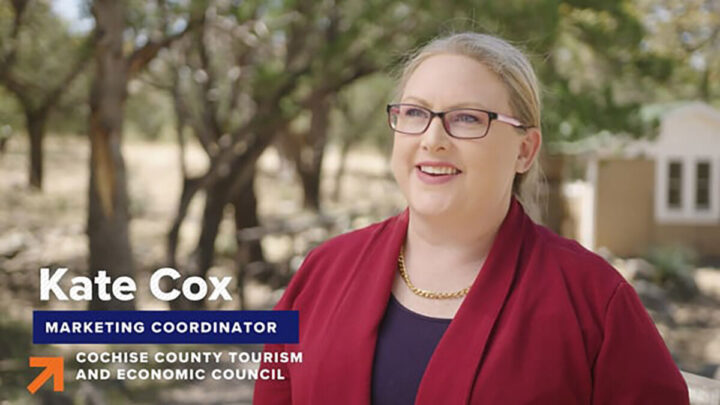It’s Time To Lead: Managing Your Employees Through The Fear And Anxiety Of The Coronavirus
The COVID-19 crisis isn’t just affecting your customers – it’s affecting your employees too. Here’s how to make sure they are okay with all the changes to their new work routines

As a business owner or manager, your employees will look to you for guidance during a crisis like COVID-19. How do you prepare, manage and calm your teams during intense periods of fear and uncertainty?
Social distancing. It is imperative to protect physical health but not so great for mental and emotional health. For the hundreds of thousands of American workers either working from home or facing an uncertain future, social distancing can be a slippery slope.
For business leaders, maintaining the mental health of their workforce is a business advantage. A focused staff can help a business maintain course or help a business regain course after a disruption like COVID-19. However, a distracted, unstable workforce can further derail a business in times of trouble.
So what is a leader to do in order to maintain employee productivity and satisfaction during this time? Here are eight action items business leaders can take today to solve the question.
Show Up and Check In.
If your employees work remotely, check in at least once weekly. If they are anxious, simply asking how they are doing and listening to them will help. Don’t be afraid to ask what struggles they are facing, how their families are, and what they are doing for themselves in the area of self-care.
Adjust Where Possible.
Everything you have to deal with can feel urgent in a time like this. However, that urgency could work against you and create increased employee frustration. By making small adjustments to deadlines, responsibilities or work hours, you may be able to alleviate a lot of employee stress and turn their anxiety into productivity.
Empower Staff.
Determine how to relax approval processes and adapt workflow for the current situation. TEGNA Director of Talent Development, Becca Mikolashek, advises: “Anticipate how strained communication avenues and crisis-management responsibilities divert employees’ attention from decision-making. The best leaders communicate goals and then empower teams to make and execute decisions.”
Communicate with Purpose.
Knowledge and information build confidence. Leaders can mitigate panic by sharing updates often and dedicating time to answer questions and concerns with transparency. In a time of crisis, the importance of transparency only increases. Keep your team updated. Tell them what’s happening behind the scenes and the steps you’re taking to prepare for the future.
Encourage kindness.
Encourage your staff to be there for each other. Emphasize that, as a business and team, you will be better together, and showing up for each other is critical. Keep your tone positive and forward-focused. Celebrate wins and thank your staff for going above and beyond. Keep the team energized throughout the process. For instance, start team calls or meetings with energetic music, uplifting quotes or another form of unity.
Share Available Resources.
Provide resources that help sustain emotional health and mental wellness. Direct your team to resources from the CDC and the mental-health-related support your company can provide, such as EAP (employee assistance programs). Consider supplemental services and try to eliminate barriers to these resources. Share all resources widely, publicly and frequently.
Combat Helplessness.
People often feel helpless when they are stuck at home and others are in need. Encourage your team to contribute their unique gifts to others, while maintaining social distancing best practices. For example, entrepeneur Mark Cuban offered advice to small businesses on LinkedIn, while the Social Media Editor for The Atlantic created a “How-to Facebook Live” for religious organizations unsure of how to stream their services. Many human resource professionals are offering resume help to laid-off employees. If nothing comes to mind, remember that helping someone can be as simple as showing that you care with a check-in e-mail, text, or phone call.
Consider Language.
While the technical term “social distancing” is used by public officials and agencies, it can be a deterrent to mental health and wellness. Some mental health experts advise using the phrase “physical distancing” as an alternative, advising that we should encourage socialization at a safe distance or in virtual environments.





















